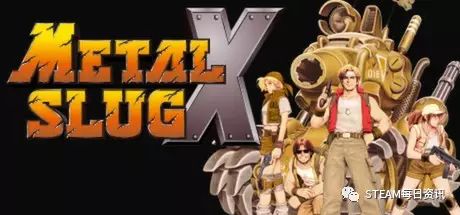Customizing Large Metal Hardware: A Comprehensive Guide
This comprehensive guide to customizing large metal hardware provides a step-by-step approach to creating unique and functional pieces of hardware. From selecting the right metal to understanding the basic tools and techniques, this guide covers all the essential aspects of metal hardware customization. The first section introduces the reader to the world of large metal hardware, explaining the different types and their applications. The following sections then delve into the process of customization, including the necessary tools and materials, as well as the techniques involved. With plenty of examples and illustrations, this guide is an invaluable resource for anyone interested in creating their own metal hardware masterpieces. Whether you're a professional craftsman or a passionate hobbyist, this guide will help you take your large metal hardware projects to the next level.
Metal hardware is essential for the construction and maintenance of many industrial and household items. From bolts and screws to gears and shafts, these components play a crucial role in connecting, supporting, and moving parts within a system. While standard hardware products are widely available, there are many instances where customized solutions are needed to fit specific applications. This guide outlines the process of customizing large metal hardware to meet unique requirements.
1、Understanding the Basics of Metal Hardware
Metal hardware, often referred to as fasteners, are components made from metal that are used to join, align, or fix parts together. They come in various shapes and sizes, including bolts, screws, rivets, and pins. Each type of hardware has its own unique properties and applications. For example, bolts and screws are commonly used to fasten two pieces of metal together, while gears and shafts are used to transmit torque and rotational motion.

2、Determining Customization Needs
When standard hardware products do not meet specific application requirements, customization becomes necessary. Common reasons for customization include:
Unique part geometry or size
Specific material requirements
Extreme environmental conditions
High performance or load requirements

To determine if customization is needed, it is essential to understand the operational environment and requirements of the application. This includes analyzing the load, torque, and other mechanical properties that the hardware will be subjected to during its operational life.
3、Selecting a Customization Method
Once it has been determined that customization is necessary, the next step is to choose a method that best suits the application. Common methods include:
Custom machining: This involves using CNC (Computer Numerical Control) machines to cut or shape metal to create customized hardware components. This method allows for high precision and complex shapes but can be time-consuming and expensive.
Casting and molding: These processes involve pouring molten metal into molds to create shapes that are then cooled and solidified. This method is often used for creating large or complex components but can have limited precision and surface finish quality.
Extrusion: In this process, metal stock is pushed through a die to create long, continuous shapes that are then cut to length as needed. This method is often used for creating lightweight components with high volume requirements but can have limited versatility in terms of shapes and sizes.

4、Designing Customized Hardware Components
Once a customization method has been selected, the next step is to design the components themselves. This involves using CAD (Computer-Aided Design) software to create 3D models that represent the desired shape and size of the hardware components. The design process should take into account factors such as load distribution, material strength, and corrosion resistance to ensure that the components will perform as expected in their intended environment.
5、Fabricating and Testing Customized Hardware Components
Once the design has been finalized, it is time to fabricate the components using the selected customization method. This step involves setting up machines, operating them according to established protocols, and monitoring progress to ensure that everything is going according to plan. After fabrication is completed, it is essential to conduct testing to verify that the components meet performance requirements before they are installed into their intended application environment.
In conclusion, customizing large metal hardware components can be a complex but rewarding process when done correctly. By understanding the basics of metal hardware and determining when customization is needed, selecting appropriate methods and designing components according to application requirements ensures successful outcomes every time.
Articles related to the knowledge points of this article:
Customized Hardware Fittings: A Comprehensive Guide
Custom Hardware Branding: The Key to Standing Out in the Market



